Winged Euonymus
About Winged Euonymus
Winged euonymus (Euonymus alatus) gets its name from the woody “wings” on many twigs. It’s a deciduous shrub that can grow up to 10 feet tall. It’s also known as burning bush because of its red fall foliage.
The Problem
It invades fields, field edges, and forests, and displaces native plants. Birds eat the fruit and disperse the seeds of winged euonymus. Second generation plants produced from these seed typically lack the bright red fall foliage of the parent plants.
The Solution
For small populations of seedlings and small plants, try hand pulling. In fields, frequent mowing can be effective. Large plants can be controlled by cutting, followed by the immediate application of a systemic herbicide to the cut stems or the application of a systemic herbicide as a foliar spray to stump sprouts in the following year. Always read and follow the directions on the label when using herbicide.
Pictures of Winged Euonymus
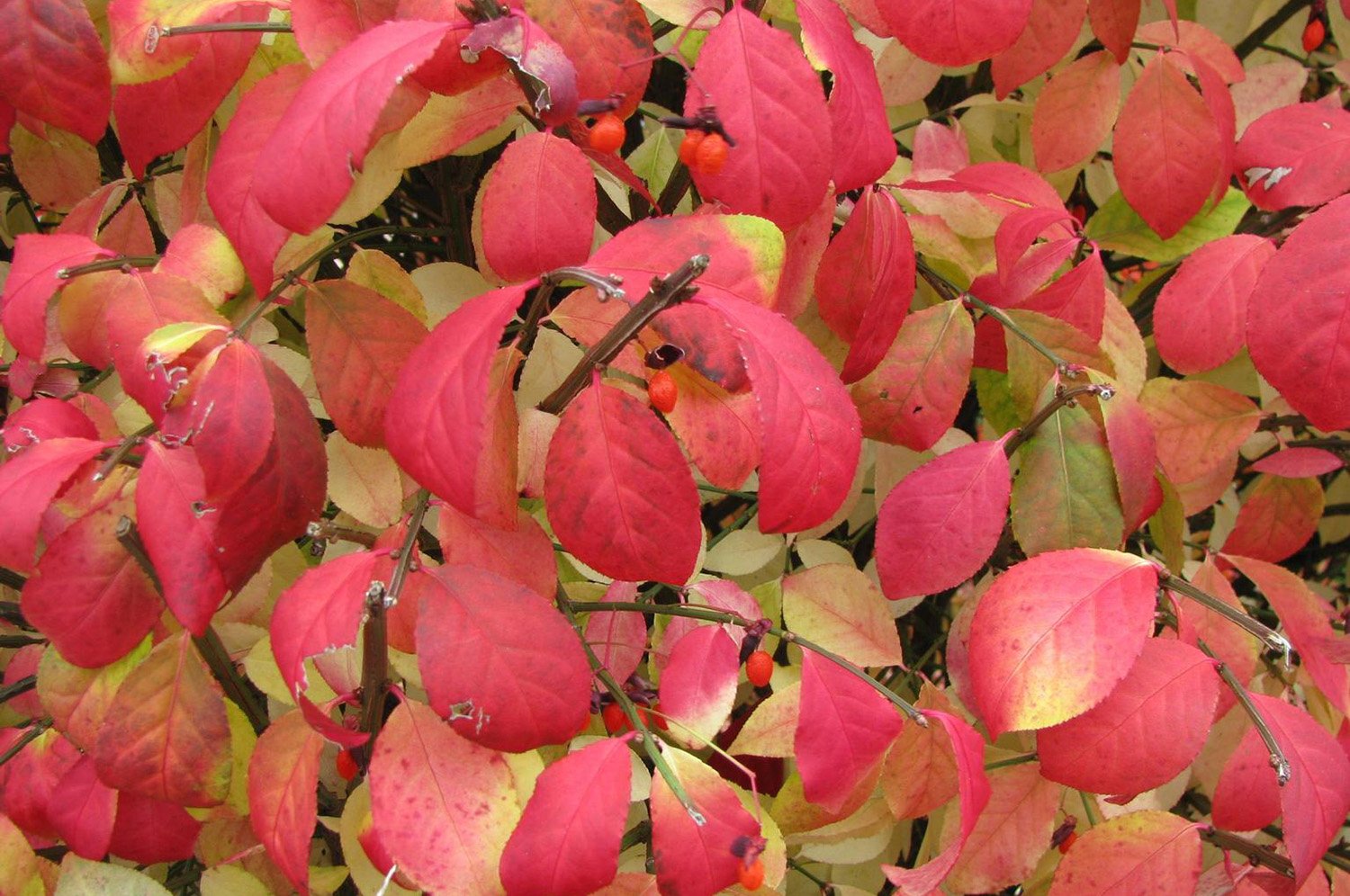
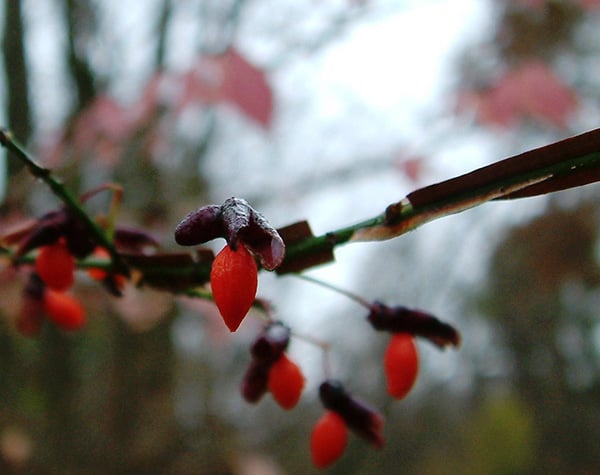
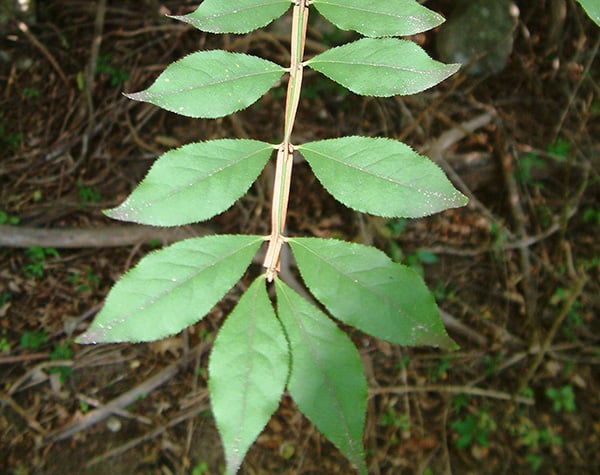
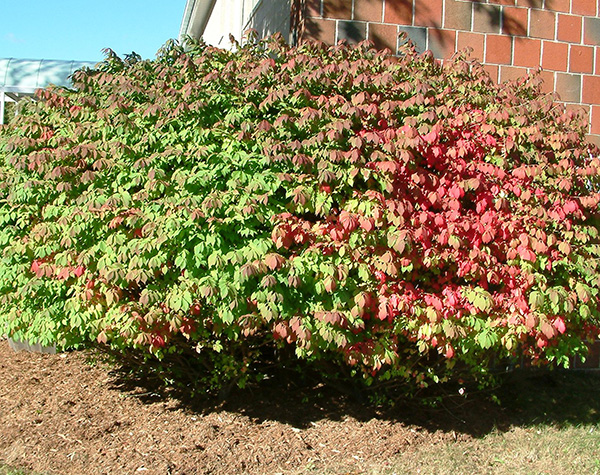
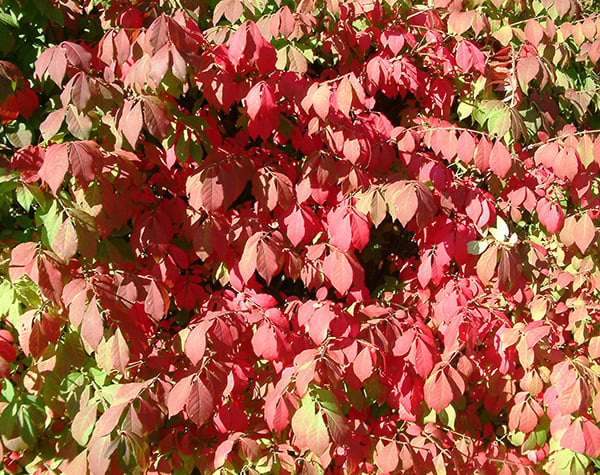
Stay Connected
Don't miss a beat on all the ways you can get outdoors, celebrate nature, and get involved.


